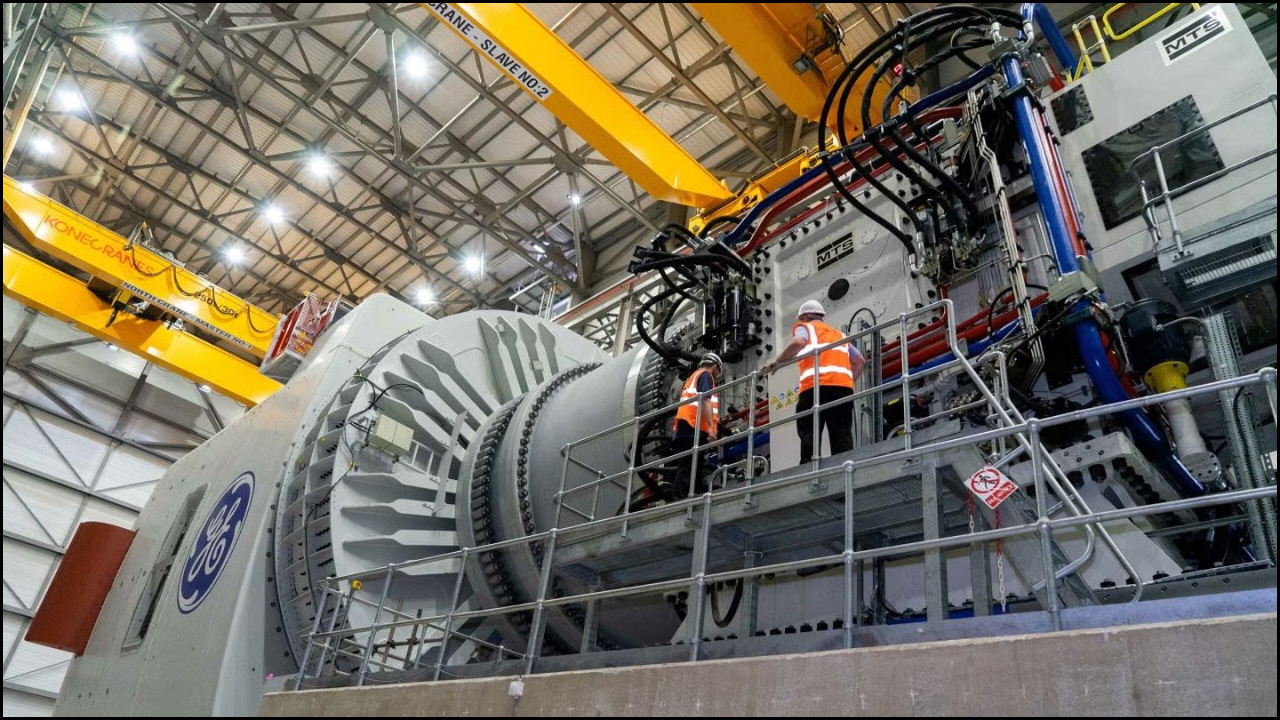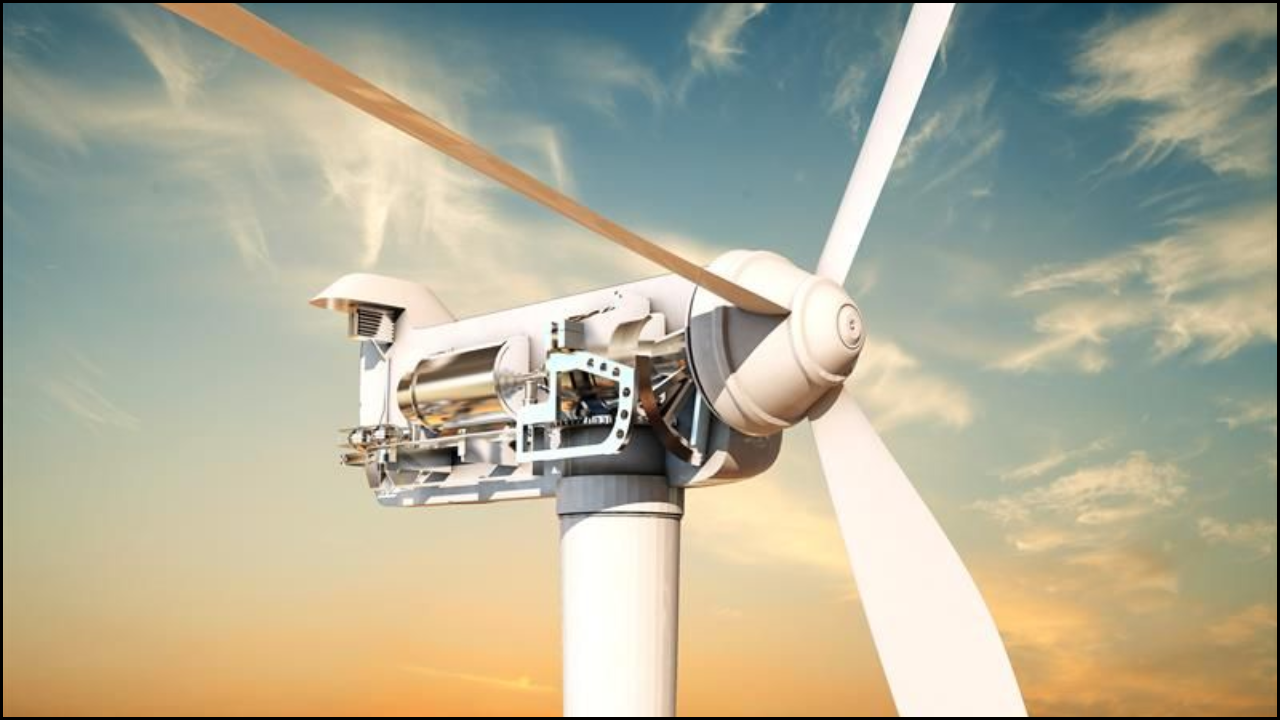
Offshore renewable energy has emerged as a key pillar of global clean energy development. The growing deployment of offshore wind, tidal, and wave energy systems promises sustainable electricity generation on a large scale. However, integrating this energy into the onshore grid and ensuring a consistent supply remains a complex task. The challenges mainly revolve around energy storage limitations, grid connection difficulties, transmission losses, and unpredictable ocean conditions. Offshore energy storage and grid integration require advanced technologies and coordinated infrastructure to balance generation and demand effectively. Understanding these challenges is crucial for building a resilient and efficient offshore energy future.
Table of Contents
Importance of Energy Storage and Grid Integration
Energy storage and grid integration are essential to maintain system stability and reliability in offshore renewable energy systems.
- Offshore energy sources like wind and tidal power are intermittent, requiring storage solutions to balance fluctuations.
- Grid integration ensures that generated electricity reaches consumers safely and efficiently.
- Energy storage improves grid stability by storing excess power during high production and releasing it when demand increases.
- Effective integration minimizes power losses during transmission from offshore platforms to land-based grids.
Key Challenges in Offshore Energy Storage and Grid Integration
Offshore energy projects face several interlinked technical, environmental, and economic obstacles.
| Challenge | Description | Impact |
|---|---|---|
| Intermittent Energy Supply | Offshore wind and wave patterns are unpredictable | Inconsistent power generation and grid instability |
| Energy Storage Limitations | Current battery and storage technologies are costly and capacity-limited | Reduced ability to balance energy demand |
| Transmission Losses | Long-distance power transmission causes energy loss | Lower efficiency and higher operational costs |
| Grid Connection Complexity | Offshore sites require high-voltage transmission infrastructure | Increased construction time and investment |
| Weather Dependency | Harsh marine weather affects energy transmission and maintenance | Frequent downtime and reduced output |
| Environmental Impact | Storage and transmission systems may affect marine habitats | Complications in regulatory approval |
| Economic Constraints | High installation and maintenance costs hinder scalability | Slow growth in developing offshore projects |
Energy Storage Options for Offshore Systems
Various technologies are under development to store offshore renewable energy efficiently. Each has unique advantages and challenges.
| Storage Technology | Working Principle | Advantages | Limitations |
|---|---|---|---|
| Lithium-ion Batteries | Stores electricity through electrochemical reactions | High energy density, quick response | Limited lifespan, high cost |
| Flow Batteries | Uses liquid electrolytes for energy storage | Long cycle life, scalable capacity | Heavy, complex system for offshore use |
| Compressed Air Energy Storage (CAES) | Stores air in subsea caverns and releases it to generate power | Large-scale potential, low material cost | Efficiency loss, complex infrastructure |
| Hydrogen Storage | Converts surplus electricity into hydrogen via electrolysis | Long-term storage, zero emissions | Requires specialized transport and handling |
| Pumped Hydro Storage | Pumps water to elevated reservoirs for later generation | Proven technology, reliable | Geographical limitations for offshore use |
| Flywheel Energy Storage | Stores kinetic energy through spinning rotors | Fast charge/discharge cycles | Limited capacity for large-scale use |
Grid Integration Challenges in Offshore Energy Systems
Integrating offshore power into the main grid involves several engineering and operational difficulties.
- Distance from Shore: Many offshore energy farms are located far from coastal areas, requiring long transmission cables that lead to voltage drops and energy loss.
- Subsea Cabling Costs: Installation and maintenance of undersea cables demand high investment and specialized vessels.
- Grid Stability Issues: Sudden changes in offshore wind or wave strength create voltage fluctuations, stressing the onshore grid.
- Synchronization Problems: Offshore energy generation must match grid frequency and voltage to prevent outages.
- Regulatory and Ownership Conflicts: Different countries and regions have varying regulations regarding offshore grid connection, complicating cross-border projects.
Technological Solutions to Overcome Integration Challenges
Advances in technology offer potential solutions to mitigate grid integration difficulties.
| Solution | Description | Expected Benefit |
|---|---|---|
| High-Voltage Direct Current (HVDC) Transmission | Transmits power efficiently over long distances | Reduces energy loss and improves grid stability |
| Smart Grid Systems | Uses digital communication for real-time control | Balances supply and demand effectively |
| Energy Management Systems (EMS) | AI-based control of generation and storage | Enhances reliability and responsiveness |
| Modular Offshore Grids | Interconnected offshore platforms share resources | Lowers redundancy and optimizes energy distribution |
| Subsea Power Hubs | Centralized points for energy conversion and routing | Simplifies maintenance and reduces cable length |
| Hybrid Energy Parks | Combine wind, solar, and wave sources | Balances intermittent generation and improves efficiency |
Environmental and Technical Barriers
Offshore storage and grid systems must also withstand environmental pressures and operational limitations.
- Saltwater corrosion damages storage equipment and cabling systems.
- Marine growth affects sensors and transmission efficiency.
- Seismic activity and seabed movement pose risks to underwater infrastructure.
- Repair operations are difficult due to remote locations and deep-water conditions.
- Permitting and environmental impact assessments delay project execution.
Economic and Policy Challenges
Financial and regulatory factors also play a significant role in determining project feasibility.
| Challenge | Description | Suggested Solution |
|---|---|---|
| High Capital Costs | Offshore projects require heavy investment in infrastructure | Public-private partnerships and government incentives |
| Uncertain Market Returns | Unpredictable energy prices affect profitability | Long-term power purchase agreements (PPAs) |
| Regulatory Delays | Complex permit processes slow project approval | Streamlined legal frameworks for offshore projects |
| Limited Research Funding | Insufficient R&D support hinders innovation | Increased funding for technology demonstration projects |
| Lack of Standardization | Absence of global standards for offshore grids | International collaboration on grid codes and protocols |
Role of Artificial Intelligence and Data Analytics
AI and big data analytics enhance offshore energy management by improving decision-making and forecasting accuracy.
- Predictive analytics estimate weather conditions and energy output.
- AI optimizes battery charging and discharging cycles to prolong lifespan.
- Data-driven insights improve grid stability by adjusting supply automatically.
- Machine learning models detect faults in real time, reducing maintenance downtime.
- Smart forecasting tools enhance the efficiency of power trading and scheduling.
Future Prospects of Offshore Energy Storage and Integration
Future developments will focus on smarter, more resilient, and interconnected offshore grids.
- Development of floating energy storage units for flexible deployment near offshore farms.
- Use of hybrid storage systems combining batteries, hydrogen, and mechanical storage.
- Creation of offshore energy hubs that integrate multiple renewable sources.
- Expansion of AI-based control systems for real-time monitoring and optimization.
- Strengthened international grid connections for energy sharing across regions.
Comparison Between Onshore and Offshore Energy Integration
| Aspect | Onshore Integration | Offshore Integration |
|---|---|---|
| Installation Cost | Lower infrastructure expenses | High due to subsea systems |
| Accessibility | Easy maintenance and monitoring | Difficult due to marine conditions |
| Transmission Distance | Shorter and more stable | Longer with higher losses |
| Grid Connection | Standard infrastructure | Requires specialized HVDC technology |
| Environmental Impact | Land use and noise issues | Marine habitat disturbances |
| Scalability | Easier expansion | Limited by environmental constraints |
The Bottom Line
Offshore renewable energy storage and grid integration are critical components of a sustainable global energy transition. The challenges of intermittency, transmission losses, and high costs continue to hinder progress, but innovations in AI, energy storage, and smart grids offer promising solutions. Collaborative efforts between governments, researchers, and industry leaders are essential to overcome these barriers. The future of offshore energy lies in building intelligent, interconnected, and resilient systems that can deliver clean energy reliably from ocean to shore. By addressing storage and integration challenges, offshore renewable power can evolve into a cornerstone of the global green energy landscape.





